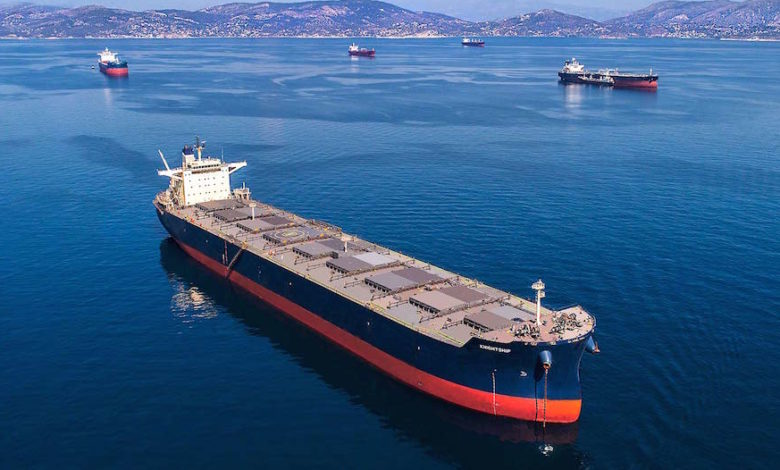Go slow to limit engine damage: Swedish Club

The case for slow steaming – made so vociferously by a host of shipowners in Athens at Posidonia earlier this month – has also been bolstered by the latest statistics on engine damage from P&I major, the Swedish Club.
The Swedish Club has warned in a release today that vessel operators should always look to the long term, when specifying the type of engines to be installed across the fleet. Latest statistics from the club show that vessels propelled by medium/high speed engines have a claims frequency 2.5 times higher than slow speed engines, with an average claims cost of close to $650,000.
Main Engine Damage, the latest loss prevention report from the Swedish Club, sheds light on an expensive category of damage that is all too frequent. Statistically a vessel will suffer between one and two incidences of main engine damage during its lifetime.
The publication also includes loss prevention advice from the major engine manufacturers, MAN Engines and Wärtsilä.
Peter Stålberg, senior technical advisor, explained: “Our investigation shows that bulkers and tankers are the best performers for claims cost in comparison with club entry. Most of these vessels have slow speed engines. Conversely passenger vessels/ferries have the highest frequency of main engine claims – 0.066 claims per vessel and year. Often these vessels have multiple medium speed engine installations. The same is also true for roro vessels.
“When there is a choice to be made between a slow speed engine and a medium/high speed engine, the club’s experience demonstrates that the slow speed engine is the safer option, when you balance the space saving advantages of the medium/high speed engine against the increased costs of running the vessel in its lifetime. In addition, not only is the claims frequency of medium/high speed engines higher, but they also have a disproportionate claims cost, 43%, in relation to insured vessels, 28%.”
Lubrication failure is still the most expensive and frequent cause of damage, followed by incorrect maintenance and/or repairs.
Earlier this month, slow steaming was presented by many shipowners attending Posidonia as a way to both get around and actually profit from the January 1, 2020 IMO-mandated global 0.5% sulphur cap.
Stamatis Tsantianis, CEO of Seanergy Maritime Holdings, predicted during Capital Link’s Athens gathering on June 4 that once the spread between MGO and HSFO widens, the natural reaction among shipowners will be to slow their ships down. With scrubber uptake so limited to date, owners will be forced to use MGO.
Philippe Louis-Dreyfus, chairman of French commodities giant Louis Dreyfus, agreed with his fellow panellist at the conference, saying: “We need to get all owners to reduce speed. It is good for the environment and good for the market.”
Spyros Capralos, chairman of the world’s largest listed dry bulk player, also favoured slow steaming as the best way to counter the sulphur cap. “Reducing speed is the most environmentally friendly thing to do,” he said.
“It makes sense financially, operationally and environmentally,” declared John Michael Radziwill, the CEO of GoodBulk.
The full report on engine damage from the Swedish Club can be accessed here.
